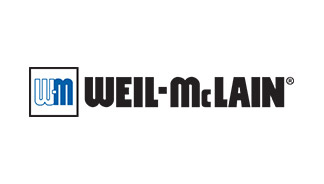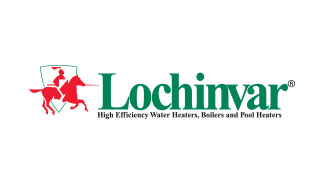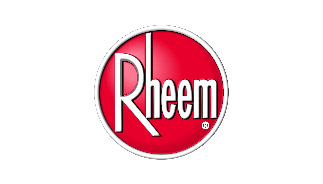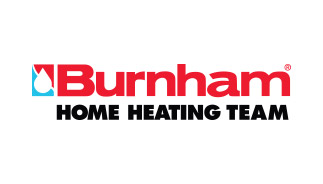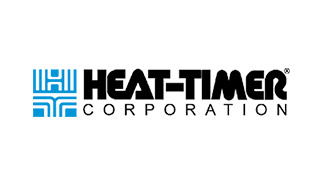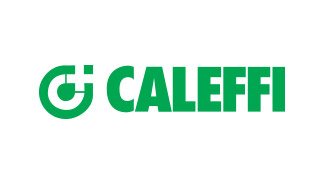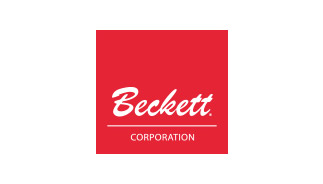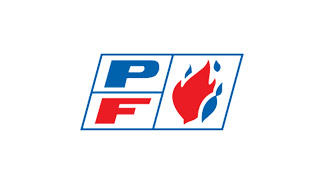Published on
January 27th, 2022Industrial Boiler Terminology for Property Owners and Managers
If you own or manage a rental property in New York City, there’s a good chance you use a commercial boiler for heat and hot water. And there’s a pretty good likelihood too that your boiler will need servicing unexpectedly sometime in the near future, even with regular upkeep. We put so much wear and tear on our boilers with our cold winters that a few issues are bound to come up now and then. When this happens, it’s very helpful to have a grasp of industrial boiler terminology so you can better describe the problem to experts, like the team at Calray Boilers.
Here’s a brief list of the most important boiler words and phrases you should know. You can learn even more if you observe and ask questions the next time your boiler is either undergoing routine maintenance or having one of those out-of-the-blue repair visits.
Industrial Boiler Terminology
Aquastat
This device signals the burner to operate or stop operating, depending on the temperature of the water in the boiler’s tank.
Automatic water feeder
The automatic water feeder supplies the boiler with fresh water when the tank level reaches a certain level. Use of automatic water feeder can be reduced by efficient steam return lines (see below) that reutilize condensate from radiators.
Baffle
This is a barrier in the boiler that alters the flow of fluid, thereby creating turbulence that increases the heat transfer rate.
Boiler capacity
This is the pounds of steam a boiler is capable of producing, often expressed as BTUs or British thermal units (see below).
| 1,000 BTU | = | 1 lb. of steam |
| 150 BTU | = | 1 sq. ft. of hot water |
| 34.5 lbs. steam/hour | = | 1 boiler horsepower |
| 1 boiler horsepower | = | 140 sq. ft. of steam radiation |
| 240 BTU | = | 1 sq. ft. of steam |
| 34,500 BTU | = | 1 boiler horsepower |
| 1 gallon #2 oil | = | 140,000 BTU |
| 1 cubic ft. LP gas | = | 2,550 BTU |
| 1 cubic ft. natural gas | = | 1,000 BTU |
| 1 kilowatt hour | = | 3,413 BTU |
| 1 therm. natural gas | = | 100,000 BTU |
Boiling point
This is the point where water changes to steam (aka a phase change). In the Fahrenheit system, this occurs at 212 degrees, which is equal to 100 degrees Celsius.
British thermal unit (BTU)
A BTU is a way of measuring energy. It is equal to the amount of energy needed to raise a pound of water one degree Fahrenheit (see table above).
Cavitation
This is an undesirable situation where bubbles are formed in a liquid when it falls below its vapor pressure. This alternate formation and collapse of vapor pockets can severely damage boiler components, especially pump impellers (the rotating blades that move liquid through the pump).
Check valve
Check valves are used where backflow in the boiler needs to be prevented, such as in the boiler feeder. They allow water to only flow in one direction.
Circulator pump
This pump propels water from the boiler to supply lines (see below), which bring it to kitchens, bathrooms, laundry rooms, and radiators.
Combustion
When you burn a hydrocarbon (such as the natural gas that fuels most New York City boilers) with heat and excess oxygen, you have the process of combustion, used in boilers as well as in automobiles. Combustion takes place in the boiler’s firebox, sometimes also called the combustion chamber, which houses the burner.
Condensate
Steam from heat radiators that has condensed (cooled) and become liquid water again is called condensate. This is often returned to the boiler to be warmed and used again, which makes the boiler more efficient and extends its lifespan.
Expansion tank
To prevent hazardous excess pressure, most boilers are equipped with an expansion tank that absorbs extra pressure from the main tank.
Exhaust stack
This is the collective term for your chimneys or flues that remove the unwanted (and sometimes dangerous) byproducts of boiler combustion, such as carbon monoxide, carbon dioxide, sulfur dioxide, and water vapor. These byproducts are also called flue gases.
Feedwater
This is fresh water sent to the boiler’s tank via the automatic water feeder (see above). A sensor in the automatic feeder detects when feedwater is needed based on main tank levels and activity from the steam return lines.
Gaskets
Gaskets are seals meant to stop leaks, primarily at joints. Because they are subjected to high heat, boiler gaskets are often made of steel. They supplement other types of seals and O-rings in the boiler system.
Hartford loop
The Hartford loop has been around for about 100 years. It helps equalize pressure of the steam pressure out of the boiler and the condensate coming back in.
Heat exchanger
Typically made of steel, copper, or cast iron, this is a vital element of the boiler where heat is transferred to water in the boiler tank to create hot water or steam.
Pressure reducing valve
This type of valve is required by law. It allows steam pressure to be released before it becomes dangerous to the boiler and those working around it.
Steam traps
Also known as steam return lines, steam traps are an important part of the condensate recovery system. They send condensate (see above) back to the boiler to be rewarmed, reducing the need for fresh water from the automatic feed and thereby helping the boiler run more efficiently.
Supply lines
Supply lines are distributor lines. They carry water from the boiler to any place it’s needed, including taps, appliances, and radiators.
Working pressure
This is your boiler’s normal operating pressure. We carefully calibrate this for both safety and boiler performance when we service boilers for our clients.
Do you need a checkup on your boiler or service for something that’s not running quite right? Don’t wait until you have a boiler emergency to get in touch. Call Calray Boilers today at 212-722-5506 or reach out online to schedule an appointment.
